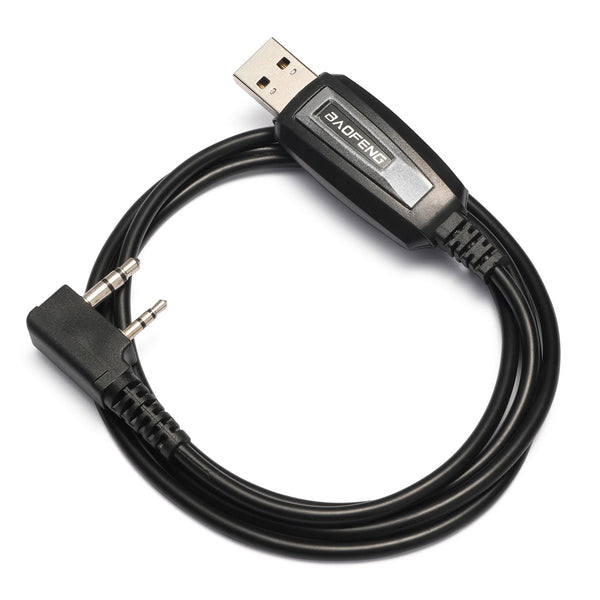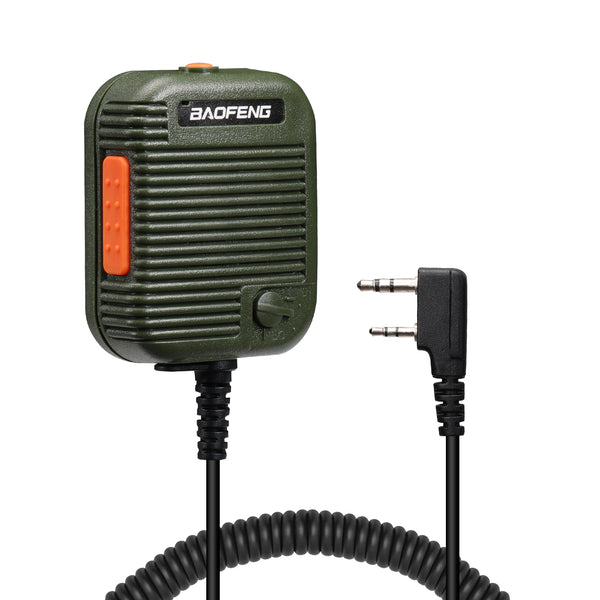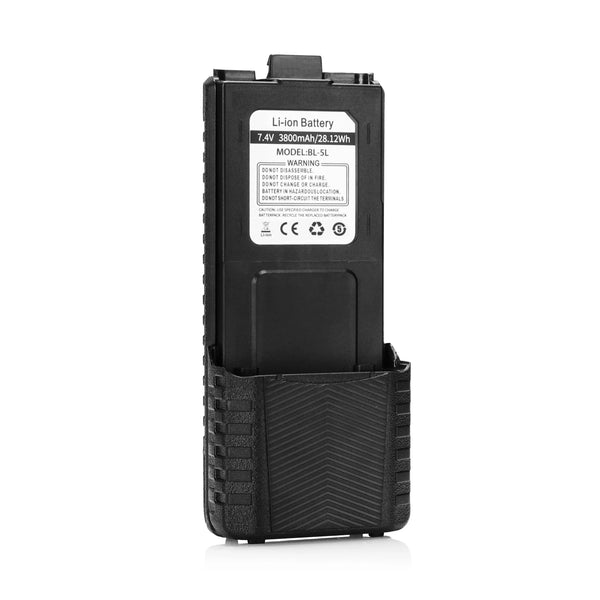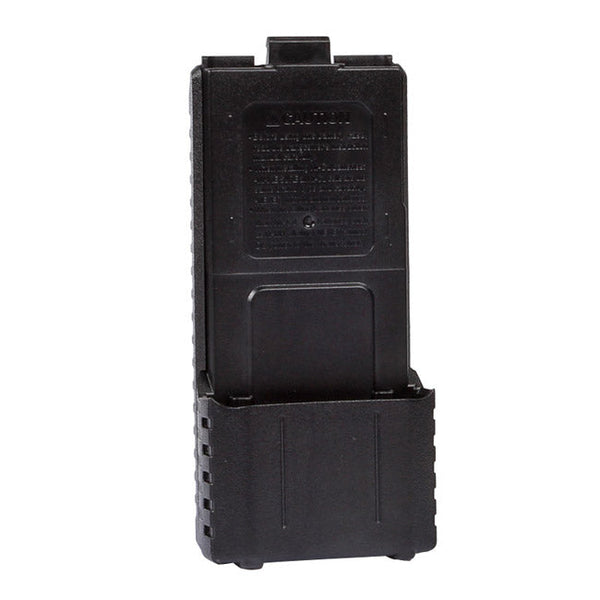Radios are essential communication tools used in various settings, from outdoor adventures to construction sites and emergency operations. However, their performance heavily depends on the type of battery used and how well it is maintained. This comprehensive guide covers everything about radio batteries, including the most common types, their pros and cons, alkaline battery usage tips, charging maintenance, and best practices to extend battery life.
Most Common Battery Types in Radios
Handheld two-way radios use various battery types. Currently, most radios primarily use rechargeable batteries and alkaline battery cases (for disposable batteries). The three main types of rechargeable batteries are:
● Nickel-Cadmium (NiCd) Batteries: These batteries were once popular due to their low cost but have become less common due to environmental concerns and their "memory effect," which requires periodic full discharges to maintain capacity.
● Nickel-Metal Hydride (NiMH) Batteries: An improved version of NiCd batteries, they are more environmentally friendly, have higher capacity, and no memory effect. However, they have a higher self-discharge rate, losing about 30% of their charge per month when not in use, requiring regular recharging.
● Lithium-Ion (Li-ion) Batteries: The current industry standard, these batteries offer the best combination of lightweight design, high capacity, low self-discharge (about 10% per month), and no memory effect. Due to their superior performance and long lifespan, most modern radios use this type.
Some handheld radios can use alkaline battery cases, allowing standard dry cells as a power source for easy replacement, making them suitable for emergencies. For example, during the recent major power outage in Spain, having an alkaline battery case could have helped maintain communication in critical situations. Since most radios today come with rechargeable battery packs, if you want to use disposable batteries as a power source, you usually need to purchase an alkaline battery case separately. These cases support disposable batteries (typically AA or AAA) placed in the radio's battery compartment.
Battery Usage and Precautions
Paying attention to battery maintenance and precautions is essential for ensuring device reliability, extending lifespan, and maintaining safety. Proper battery management significantly improves radio endurance and prevents communication disruptions. So, how can we extend battery life? The following precautions should help.
1. Precautions for Alkaline Battery Cases:
● Clean contacts regularly: Dirty contacts increase resistance and reduce efficiency.
● Remove batteries when not in use to prevent leakage.
● Store in a cool, dry place (ideal temperature: 5–30°C / 41–86°F).
● Use the correct battery type according to the specific battery case model. For example, the UV-5R serial alkaline battery case has the following usage methods:
❖ Usage 1 (Transmit/Receive):
❖ NiMH (1.2–1.4V) batteries × 6
❖ Usage 2 (Transmit/Receive):
❖ Alkaline (1.5V) batteries × 5 + dummy battery × 1
❖ Usage 3 (Receive Only):
❖ Alkaline (1.5V) batteries × 6
2. To Maximize Rechargeable Battery Lifespan:
● For new batteries, charge them fully overnight before first use. Fully charging/discharging them 2–3 times optimizes performance.
● New batteries (uncharged) can be stored long-term in a cool, dry, and well-ventilated place.
● If storing new batteries unused for extended periods, try to keep them at least half-charged. Avoid completely draining the battery.
● Avoid using the walkie-talkie while charging, as this generates heat, which may shorten battery life or even pose safety risks.
● Do not leave the radio with a fully charged battery in the charger. Continuous charging is not recommended, as it may lead to overcharging and strain the charger.
● For older NiCd or NiMH batteries, only recharge after fully discharging them. If older NiCd or NiMH batteries are repeatedly charged before being fully depleted, they develop a "memory effect," reducing their ability to hold a full charge. This leads to shorter usage time and more frequent charging.
● We recommend fully discharging each battery before recharging and carrying spare batteries. Avoid putting a fully charged battery back in the charger for overcharging.
● Protect batteries from extreme temperatures. Charging below 40°F (4°C) or above 104°F (40°C) shortens battery life.
Conclusion
Choosing and maintaining the right battery is crucial for reliable walkie-talkie performance. Currently, lithium-ion batteries offer the best balance of performance and convenience for most users, while alkaline battery cases remain a practical choice for emergency backup.
By understanding these battery basics and following best practices, your communication equipment will remain operational when needed most. Whether you're a professional relying on radios daily or an outdoor enthusiast preparing for adventures, proper battery knowledge translates to reliable performance and long-term cost savings.
Remember: "Batteries are the lifeblood of your radio—treat them well, and they'll return the favor when you need it most."




